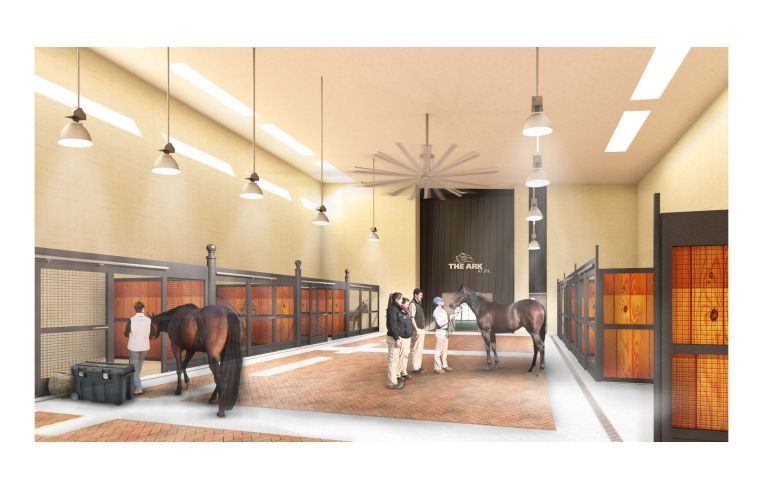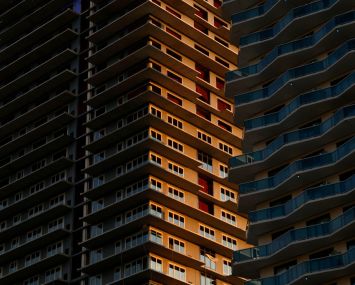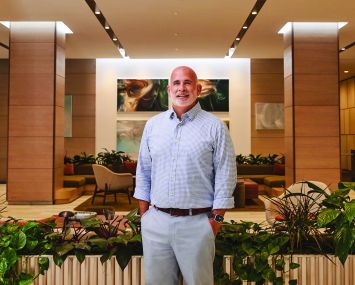Under Construction: The ARK at John F. Kennedy International Airport
By Danielle Schlanger May 18, 2015 12:45 pm
reprints

In 2013, more than 50 million passengers passed through John F. Kennedy International Airport, the transit hub that sits on Jamaica Bay 15 miles from Midtown Manhattan. There are also far more exotic passengers—including horses, birds, zoo animals and livestock—transported through the airport. Recognizing a need for amenities ensuring the safe and efficient movement of these creatures, ARK Development is in the process of creating a multi-purpose animal handling and air cargo facility at the sixth busiest airport in the country.
On its website, Racebrook Capital calls the ARK at JFK “the world’s only animal terminal and the first USDA-approved, full-service, 24-hour, privately owned airport quarantine facility.”
The company will convert Building 78, an abandoned cargo facility for which it has a 30-year lease from the Port Authority of New York and New Jersey, for the project. When completed, the ARK will include 178,000 square feet for the interior and approximately 15,000 to 20,000 square feet on the exterior for livestock handling.
The ARK at JFK was designed by Gensler, along with specialty architects Lachlan Oldaker Equine Design and Temple Grandin Livestock Handling Systems. Clough Harbour Associates and Holt Construction also worked on the project, with Cornell University’s College of Veterinary Medicine providing consultation and oversight through all of the planning and into operational development.
Already, sub-tenants have signed up for the space, including Consolidated Aviation Services, Paradise 4 Paws, which will provide services in its 20,000-square-foot pet resort, spa and training center for cats and dogs. LifeCare, a companion animal veterinary hospital that will serve the general public around the clock for general medicine, emergency, critical care, internal medicine, surgery and advanced diagnostics, will also be on site.
When completed, ARK is expected to be a $48 million project and is anticipated to generate approximately 180 jobs. It should be completed in the first quarter of 2016.


